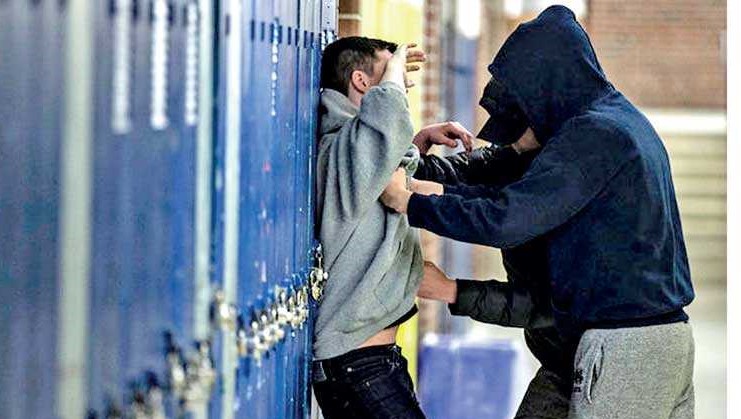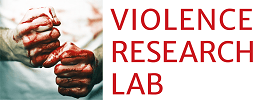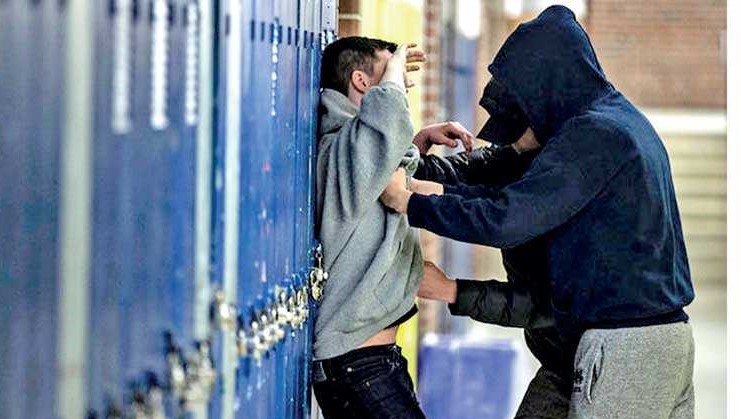Mahatma Gandhi said that “poverty is the worst form of violence”. This statement is in line with a comprehensive concept of violence that expands the definition of violence to include all avoidable acts that hinder human realization, violate a person’s integrity rights and are often assessed in terms of outcome rather than intent (Ray, 2018). On the other hand, “minimalists” view violence in terms of the use of physical force and physical consequences (Ray, 2018). In this perspective, violence and poverty are two intertwined phenomena that are characteristic of almost all societies. Poverty can indirectly lead to violence, but it can also be one of the consequences of violent behaviour.
As a part of this year’s conference on human rights, the Human Rights House Zagreb held a panel discussion “Socio-economic rights in Croatia and the fight against poverty and social exclusion.” The discussion was based on the report on the human rights situation in Croatia in 2021, which provides an overview of the most important problems, challenges and open issues that affected the protection and promotion of human rights in Croatia last year (Kuća Ljudskih Prava, 2022). Among the highlighted problems was child poverty, and because of the ongoing inflation this problem may be even greater in future.
Due to their vulnerability at a young age and dependence on adults, the consequences of poverty for children are often more severe than for adults (Šućur & Kletečki Radović, 2015). Among other things, growing up in poverty affects a child’s emotional and social development, with poor children being at higher risk for developing emotional problems (self-esteem and self-confidence) or behavioural problems (disobedience and aggression). Poverty has an indirect impact on the development of aggressive behaviour because it leads to the emergence or stronger impact of other risk factors that contribute to the development of aggressive behaviour in children. Factors such as increased family and parental stress levels, frequent family conflicts, child abuse and neglect, harsh discipline and punishment, and less control over children (Lösel & Farrington 2012). Poverty is also associated with violent victimization at school, which can be a consequence of aggressive behaviour, but also a risk factor for the development of aggressive behaviour. In a study conducted by Townsend Carlson (2006) on a sample of American adolescents, poverty was a significant predictor of violent victimization at school. Due et al. (2009) conducted research in 35 countries in Europe and North America on a sample of over 160,000 adolescents. The results of this research indicate a correlation between the frequency of victimization and the socioeconomic status of the family from which the student comes, with students from poorer families at higher risk of violent victimization at school. Elgar et al. (2009) analysed the results of an international study conducted in 37 countries, which involved over 66,000 children aged 11. They too found an association between inequality in student family income and violent student behaviour, with a higher number of students committing peer violence in countries with pronounced income inequalities (e.g. Turkey, Russia) than in countries with less pronounced income inequalities (e.g. Sweden and Denmark). In Croatia, the research of Rajhvajn Bulat and Ajduković (2012) showed that students who come from subjectively poorer families, i.e. who estimate that their family has a lower material status than the families of their peers, are more often victims of peer violence. The authors explain that students from poorer families are significantly different from most of their peers and are therefore victimized. Sušac et al. (2016) conducted a study whose results showed that victims and perpetrators-victims of peer violence were more often students who assessed the material status of their family as below average. The perpetrators were more often students who assessed the material status of their family as above average.
The most common consequences of peer violence are manifestations of internalized difficulties, such as depression, loneliness and low self-esteem, and long-term exposure to violence or abuse can lead to suicide (Reić Ercegovac, 2016). Some of the listed manifestations of internalized difficulties have already emerged as a result of measures to prevent the COVID-19 pandemic. It remains to be seen whether the expected increase in differences in socioeconomic status, as a result of inflation due to the adverse economic consequences of the COVID-19 pandemic and the war in Ukraine, will lead to more frequent peer violence at school and further negative consequences.
References:
Due, P., Merlo, J., Harel-Fisch, Y., Damsgaard, M.T., Holstein, B.E., Hetland, J, … Lynch, J. (2009). Socioeconomic Inequality in Exposure to Bullying During Adolescence: A Comparative, Cross-Sectional, Multilevel Study in 35 Countries. American Journal of Public Health, 99(5), 907–914. doi: 10.2105/AJPH.2008.139303
Elgar, F. J., Craig, W., Boyce, W., Morgan, A., i Vella-Zarb, R. (2009). Income inequality and school bullying: Multilevel study of adolescents in 37 countries. Journal of Adolescent Health, 45(4), 351–359. https://doi.org/10.1016/j.jadohealth.2009.04.004
Kuća Ljudskih Prava Zagreb (2022, May 9). Održana rasprava “Socio-ekonomska prava u Hrvatskoj i borba protiv siromaštva i socijalne isključenosti”. Retrieved from https://www.kucaljudskihprava.hr/2022/05/09/odrzana-rasprava-socio-ekonomska-prava-u-hrvatskoj-i-borba-protiv-siromastva-i-socijalne-iskljucenosti/
Lösel, F. i Farrington, D.P. (2012). Direct Protective and Buffering Protective Factors in the Development of Youth Violence. American Journal of Preventive Medicine, 43(2 Suppl 1):S8-S23. Doi: 10.1016/j.amepre.2012.04.029
Rajhvajn Bulat, L. i Ajduković, M. (2012). Obiteljske i psihosocijalne odrednice vršnjačkoga nasilja među mladima. Psihologijske teme, 21(1), 167-194.
Ray, L. (2018). Violence & society. SAGE.
Reić Ercegovac, I. (2016). Doživljeno vršnjačko nasilje: relacije s dobi, spolom, razrednim ozračjem i školskim uspjehom. Školski vjesnik, 65(2), str. 251-271.
Sušac, N., Ajduković, M. i Rimac, I. (2016). Učestalost vršnjačkog nasilja s obzirom na obilježja adolescenata i doživljeno nasilje u obitelji. Psihologijske teme, 25(2), 197-221.
Šućur, Z. i Kletečki Radović, M. (2015). Utjecaji siromaštva u ranom djetinjstvu i mjerenje dječje dobrobiti. In: Šućur, Z., Kletečki Radović, M., Družić Ljubotina, O. i Babić, Z. (ed.): Siromaštvo i dobrobit djece predškolske dobi u Republici Hrvatskoj (3-14). Zagreb: Ured UNICEF-a za Hrvatsku.
Townsend Carlson, K. (2006). Poverty and Youth Violence Exposure: Experiences in Rural Communities. Children & Schools, 28(2), 87–96. doi: https://doi.org/10.1093/cs/28.2.87


